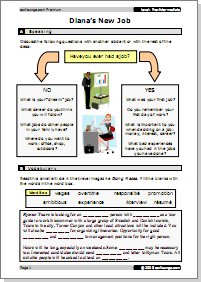

In negative sentences, there is a difference between not all and none. The whole fridge is filthy! Clean it immediately. We use all (of) and whole when we are talking about the entirety of something or a group of things.Īll (of) the rice has gone cold. Much of what we thought we knew has now been disproven. Many/much, used alone, sound more informal and can be more often found in writing. Lots of and a lot of is more informal than much/many of. We had plenty of courses to choose from, it was a very good college.

Many of you know him from the TV show "Breakdown". These expressions are used to talk about large quantities of things. to give a meaning of "if there are": Any questions, ask me at the end of the class.to give a general idea of "all": Any of you could have helped me!.to talk about a large amount, without being specific: I may be some time.to talk about "not all": Some people didn't like the proposal.The second example is a question that tells us the speaker is certain there is something we can do, letting us know he/she is frustrated or angry about the situation. The first is a neutral question not giving much idea of the speaker's attitude. We use "some" in positive sentences, but also in questions where we expect the answer to be "yes". These words are seen at lower levels, but the rules controlling their use can be quite complicated. Go To Quizzes > Advanced Quantifiers Some & Any


 0 kommentar(er)
0 kommentar(er)
